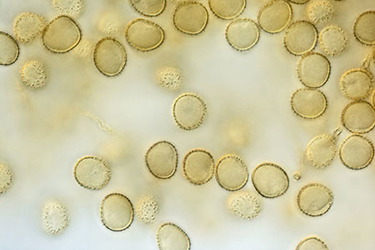Biological Indicators For Vaporized Hydrogen Peroxide Isolator Decontamination: Characteristics, Uses And Challenges

It is recognized that vapor hydrogen peroxide (VH2O2) has poor penetration abilities; however, well-designed processes have demonstrated that it can be an effective agent for surface decontamination, provided the methods/equipment control the process within the parameters empirically proven to be effectively lethal.
One key prerequisite to the decontamination process is a cleaning step. The purpose of cleaning the isolator is to remove materials that may adversely affect the product to be produced in the system. These materials can be general debris along with microbial contamination. Even the most robust cleaning process cannot remove all contaminating bioburden; however, microorganisms that are still present after the cleaning are made more vulnerable to the decontamination process. This is accomplished by removing any large aggregates of microorganism and the materials that may shield the remaining organisms during the decontamination process. Likewise, BIs used to monitor VH2O2 processes must present the spores in a similar fashion as the organisms remaining in the isolator after the cleaning process. Whether in the isolator or on the BI, the organisms may not necessarily be in the form of a strict monolayer, but they must be presented such that the VH2O2 can access the population with minimal restrictions. Therefore, it is important to select BIs that have been designed for VH2O2 decontamination processes.
Here, we review VH2O2 biological indicators (BIs) including necessary physical characteristics of the BI unit, BI types, proper BI placement, and challenges encountered.
Get unlimited access to:
Enter your credentials below to log in. Not yet a member of Bioprocess Online? Subscribe today.
